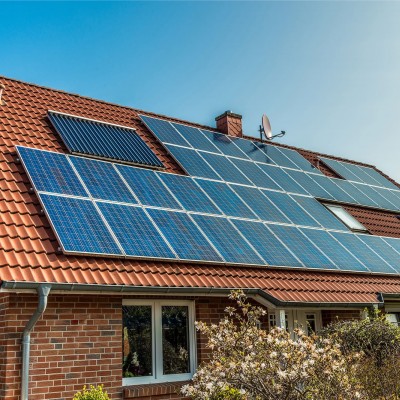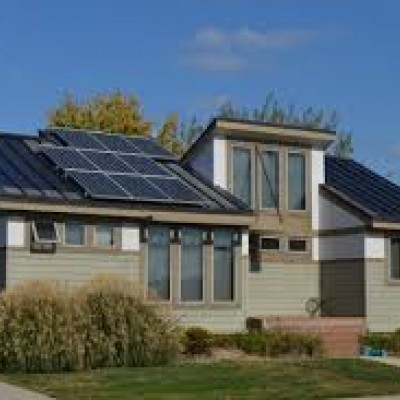Energy Storage = Resilience plus Cost Savings in Sterling
A new video detailing the economic and emergency preparedness benefits of the battery storage system in the town of Sterling, Massachusetts has been released by the non-profit Clean Energy Group and the Clean Energy States Alliance.
The nine-minute documentary video explains how the energy storage system works, how it will save Sterling’s ratepayers $400,000 per year in electricity charges, and how it will provide backup power to the town’s police station and emergency dispatch center in the event of a long-duration power outage.
The Sterling Energy Storage Project is a result of a collaboration between municipal officials, the Massachusetts Community Clean Energy Resiliency Initiative, the U.S. Department of Energy Office of Electricity, industry, philanthropy, and nonprofit partners.
Sterling’s energy storage project is:
- Resilient: It will provide backup power to the town’s police station and emergency dispatch center for at least 12 days in the event of a power outage and can be recharged from the town’s solar panels to provide even longer-term emergency support.
- Economical: With state and federal grants, the $2.7 million project is expected pay for itself in under three years. Without grants, payback is estimated to be fewer than seven years. The system is conservatively estimated to provide energy cost savings of $400,000/year.
- Clean: It integrates a 2.4-MW solar array with a 2-MW/3.9 MWh battery storage system and reduces the need to rely on regional, fossil-fuel peaker plants.
This project is the first utility-scale energy storage facility in the state of Massachusetts, and is one of the largest battery installations of its kind in New England.
This video is an excellent educational resource for policymakers, educators, people in the clean energy sector, and for rate-payers who want to better understand how the electric grid works, and how energy storage combined with solar PV could provide multiple benefits to their community.


